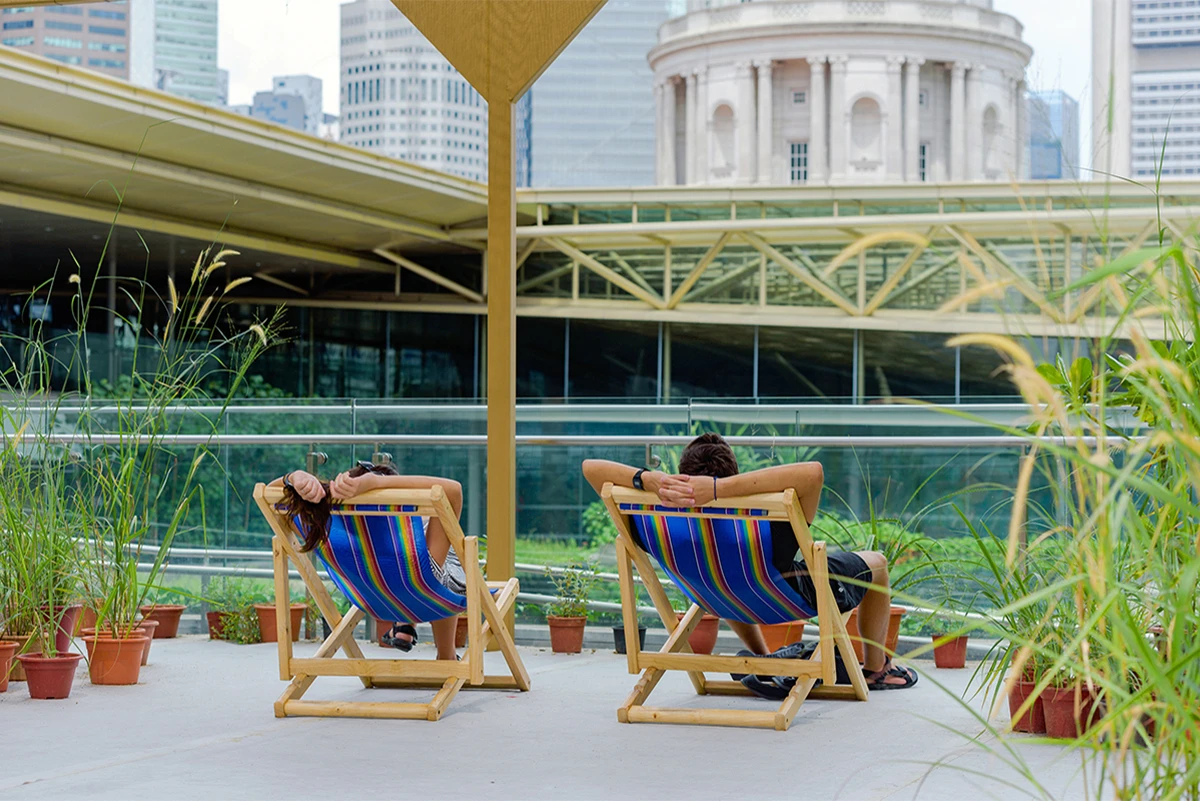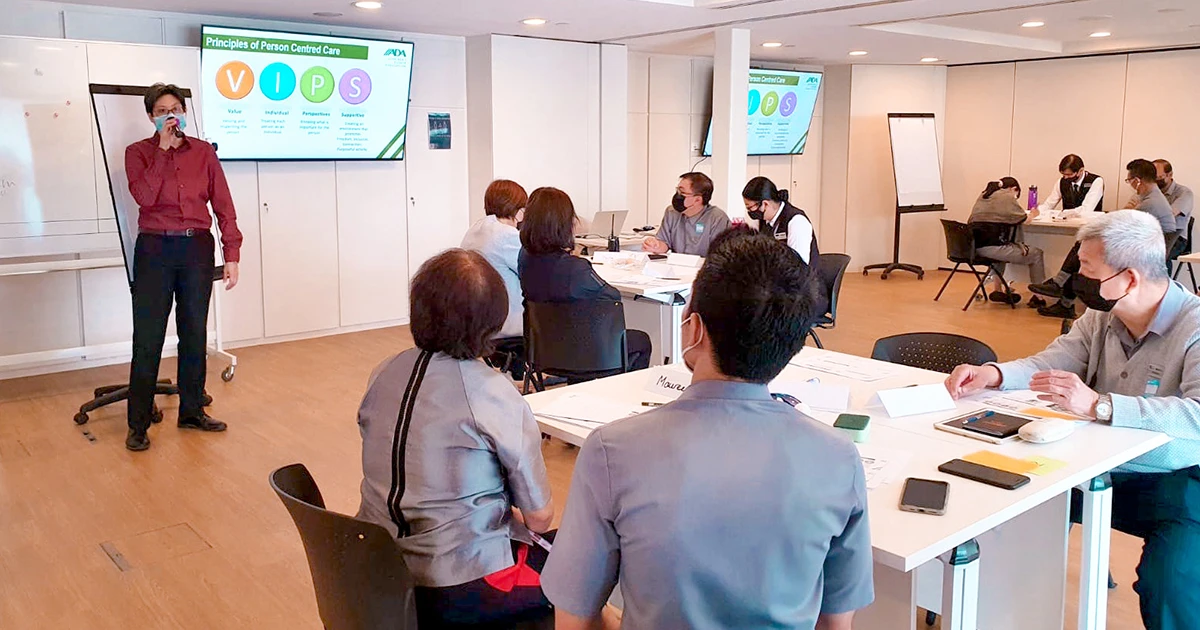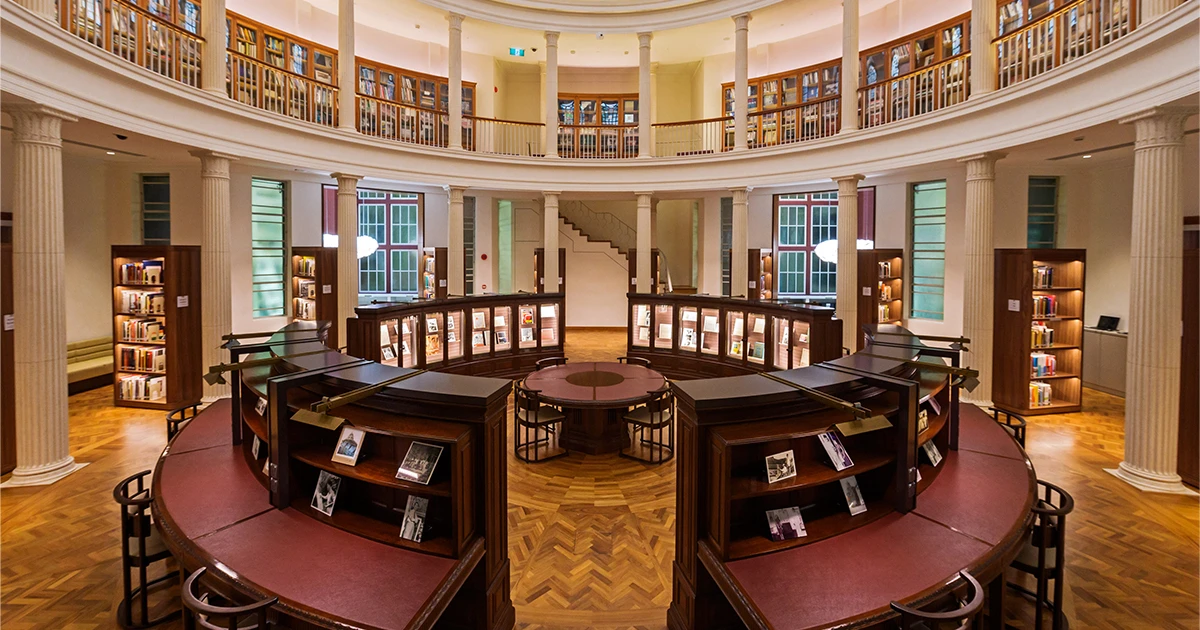Taking Art Education Online
Although schools are closed and the Gallery’s doors are temporarily shut, art education continues to be a priority for the Gallery. Shaun Soh (Manager, Education) and Joyce Choong (Senior Executive, Content Publishing) unpack the pros and cons of taking art education online.
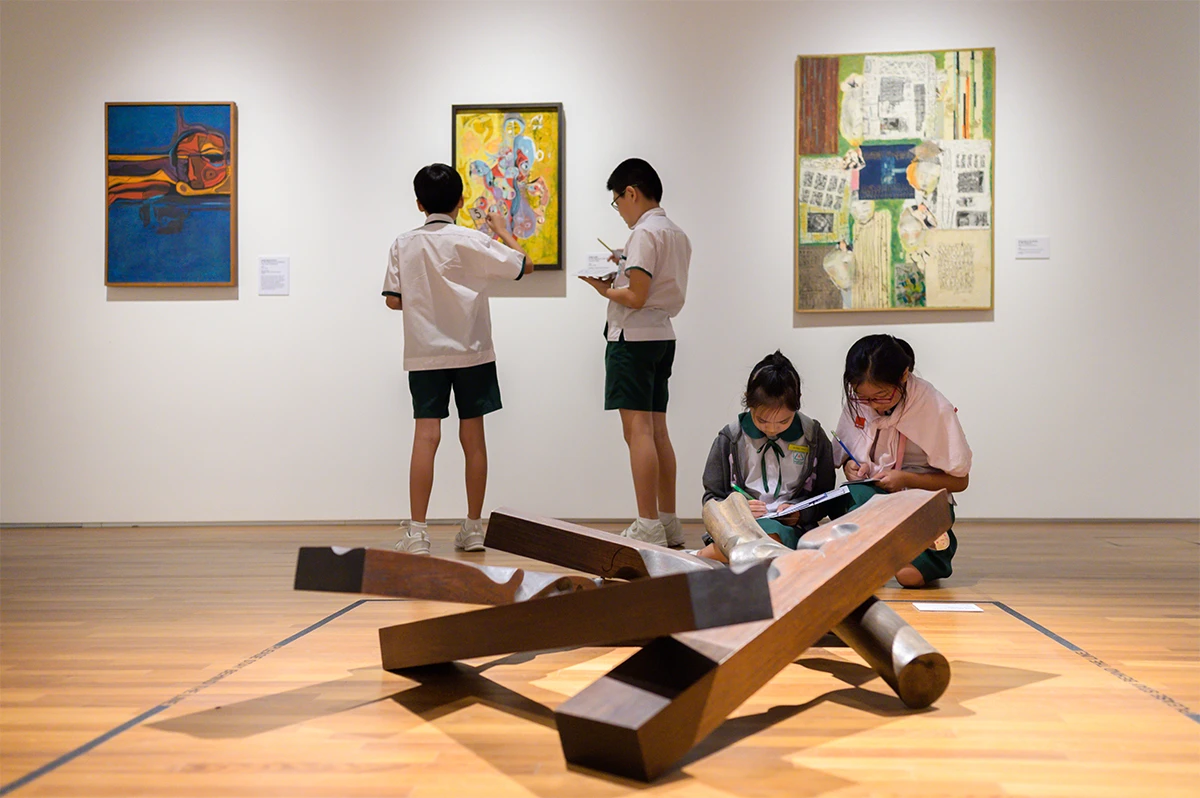
For many students, a visit to the Gallery to learn about art is a refreshing change from the unrelenting academic pressures of school. For certain subjects, students are expected to investigate, solve and arrive at accurate answers. But in looking at and interpreting art, students investigate, debate and often arrive at many different points of view. At the Gallery, “wrong” answers are but points for open discussion. The possibility of learning about art in a space open to such interactions is an exciting prospect. Even the experience of coming face to face with a work of art is arguably irreplaceable, as “the most perfect reproduction of a work of art is lacking in one element: its presence in time and space, its unique existence at the place where it happens to be.”[1]
When Walter Benjamin published his essay “The Work of Art in the Age of Mechanical Reproduction” in 1935, it is unlikely that he would have conceived of a world in which art is not merely mechanically reproduced, but digitally proliferated. As preventative measures against the spread of COVID-19 have escalated, our lives have been increasingly lived online. Circuit breaking efforts have affected the ways in which the Gallery engages with its audiences— our doors are temporarily closed, but our collection is open.
While schools were still in session, the Education team developed a series of e-learning packs for students. Divided by age group, these packs were intended as a reference for teachers to facilitate students’ engagement with selected works of art in the Gallery’s physical spaces. While students may be currently unable to visit the galleries in person, these e-learning packs bring the art to them. The benefit of being able to share this art is hard to overstate—through digitised images on online platforms, an even wider pool of students gets to see these works. Now, the art of Singapore and Southeast Asia can be accessed directly from home.
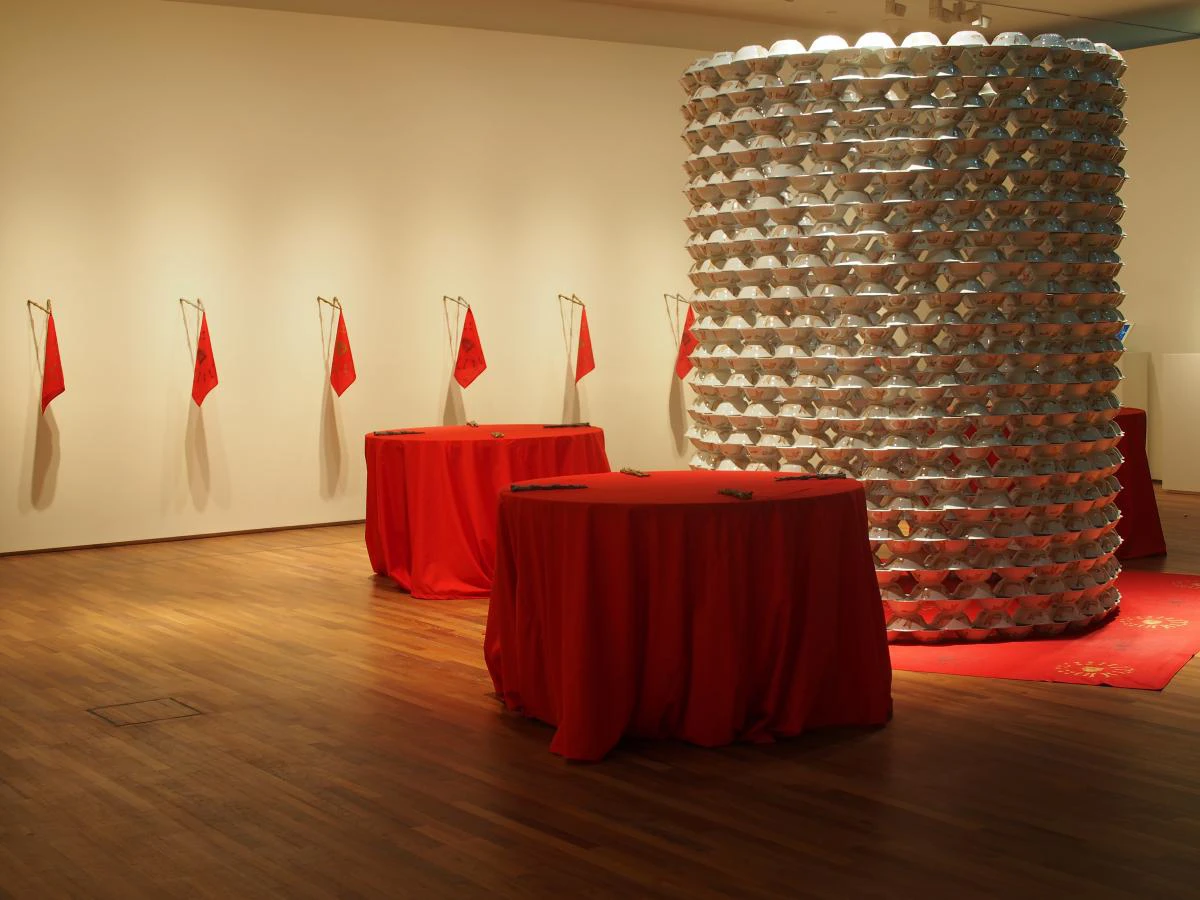
However, in putting these e-learning packs together, the Education team came up against the limits of translating the material objects for the digital realm. Installations such as Montien Boonma’s The Pleasure of Being, Crying, Dying and Eating are an immersive experience. The installation, located in the UOB Southeast Asia Gallery, comprises a larger-than-life cylinder of ceramic bowls stacked atop one another, tables laid with unique place settings, as well as sculptures protruding from a wall. The physical presence of this work is unique to an on-site experience; Benjamin used the term “aura” for the irreproducible cultural experience of a work of art. The Education team’s challenge is to find ways for students to engage with similar tactile learning experiences, even at home.
We selected works such as Affandi’s Burung Hitam, Matahari, Manusia (Black Bird, Sun, Man), as for all their apparent two-dimensionality, Affandi’s paintings have characteristically textured surfaces. On tours in the Gallery, facilitators often present materials used or depicted in the artwork for children to touch and feel, or even art supplies for them to recreate the artwork. This allows young learners to explore the various dimensions of a painting, enhancing their learning experience. The richness of such learning can continue even individually at home, as children are encouraged to be mindful of their current environments and explore the textures of the world around them.
The e-learning packs crafted for older learners were meant to incite discussion on pertinent issues such as identity, society, and globalisation within a classroom setting. Enhanced social distancing measures might restrict interactions between students, but they do not hinder the many ways in which we can inspire critical thinking. Now, as these questions are received within the confines of home, they take on a different context. They form the scaffold for greater introspection, perhaps even inspiring a different perspective on the impact of the individual in wider society.
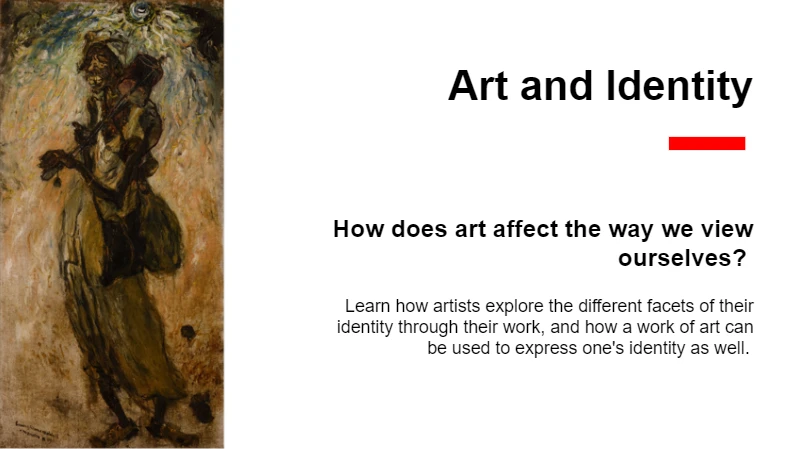
Digital reproduction presents technical and practical drawbacks. For one, copyright rightfully restricts unlawful use of these artworks, so there is the added step of ensuring these images are permitted for dissemination. Furthermore, while we’ve progressed from the time when print was our sole means of reproduction, the precision of reproduced images remains an issue. Resolution, colour and the size of the recipient’s viewing device is beyond our control. To that end however, one could argue that the reception of art has always been out of its creators’ control, regardless the mode of its transmission.
Underscored by art historical precedent, the limitations of these materials are not all that new. For art education however, the pros of being able to reach students in their homes vastly outweigh the cons. Children can engage with art in many different forms in their own space and time, be it through their own creations or delving into art history. With the May school holidays, away from the academic realm, we hope that discovering art can be a family affair, and that art will be a source of comfort, enjoyment, and ideation in these uncertain times.
Notes
- Walter Benjamin, “The Work of Art in the Age of Mechanical Reproduction,” in Illuminations, ed. Hannah Arendt, trans. Harry Zohn (New York: Schocken Books, 1969), 217.











